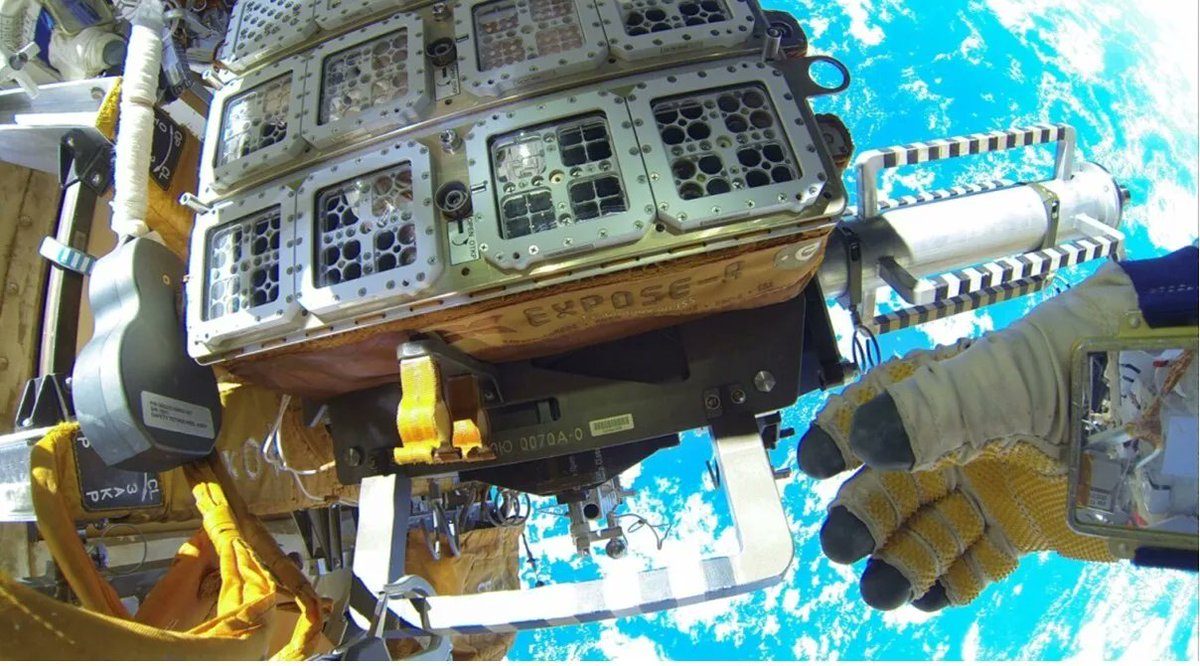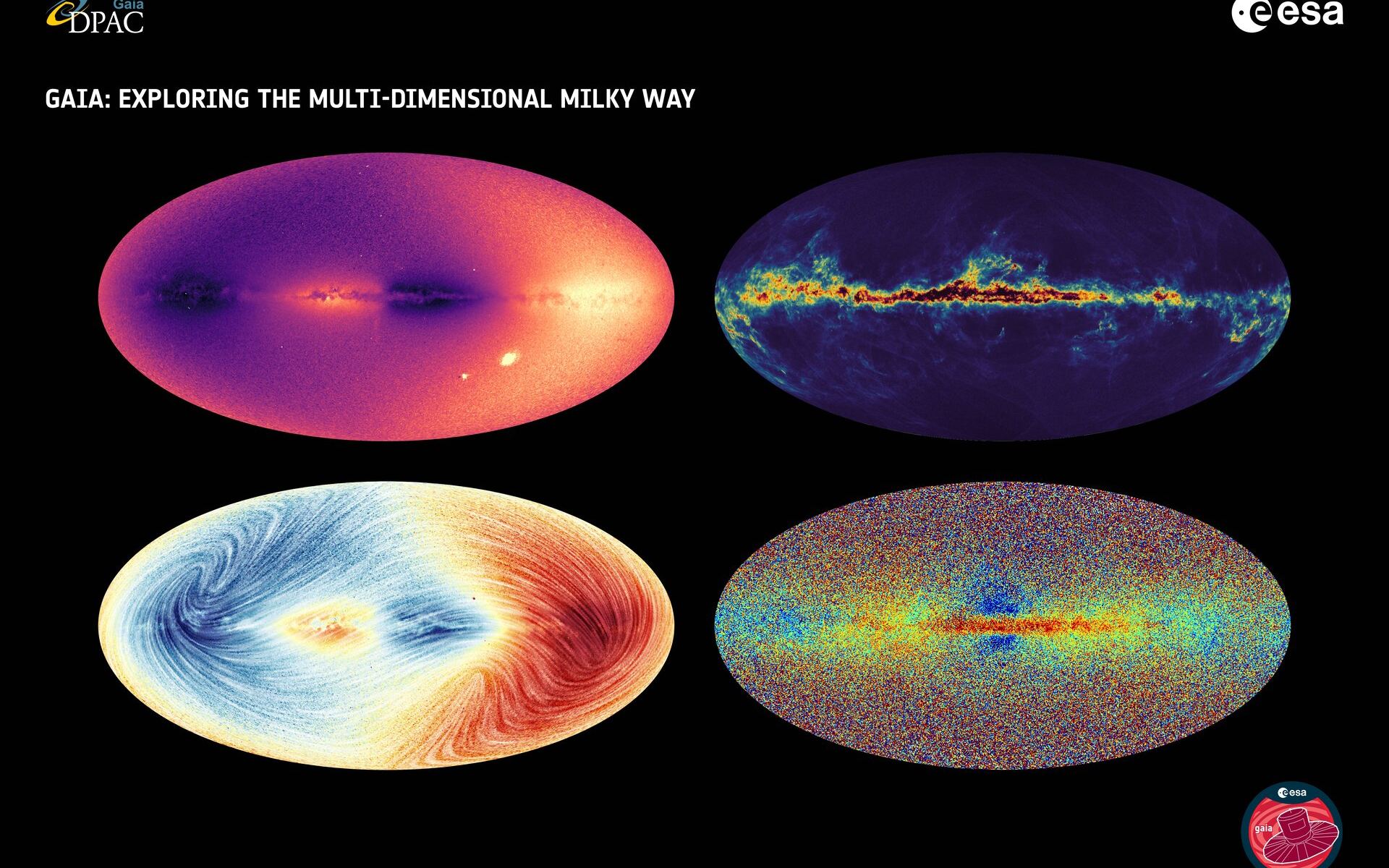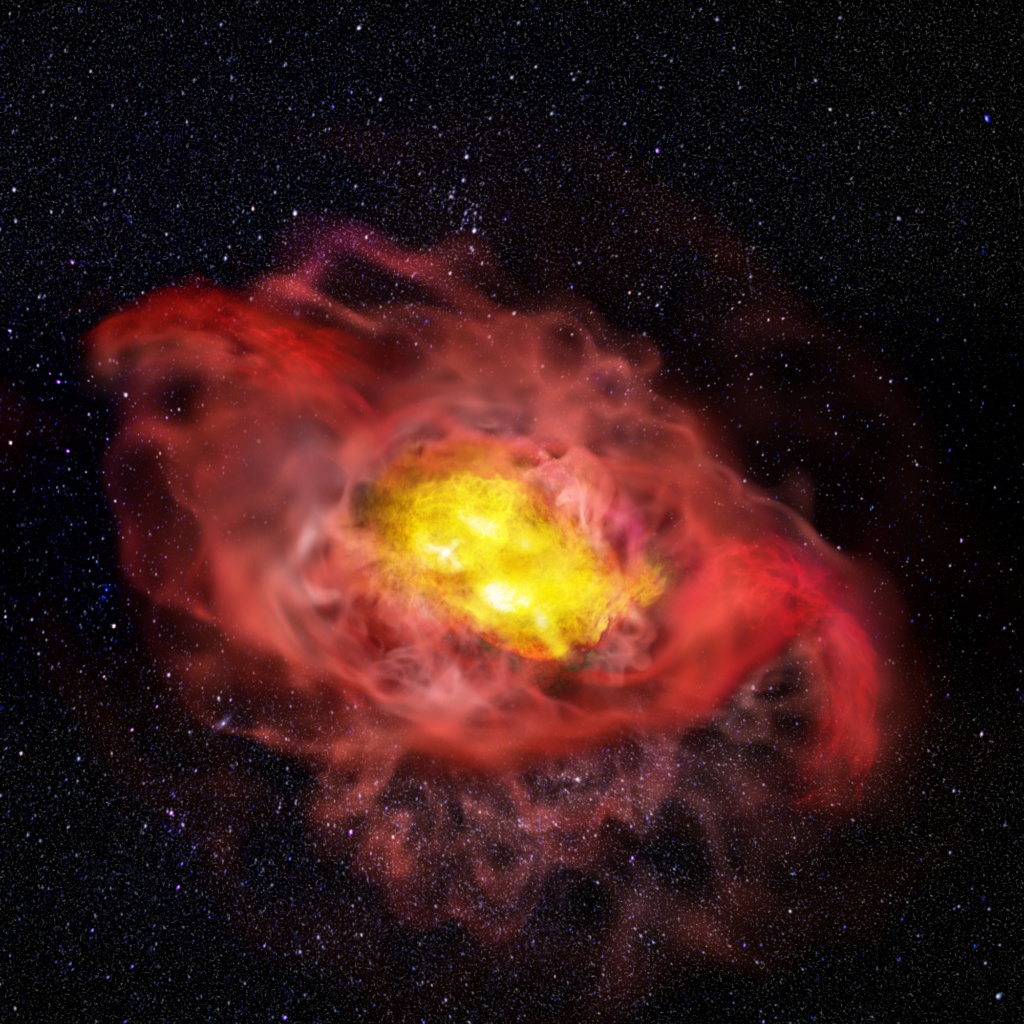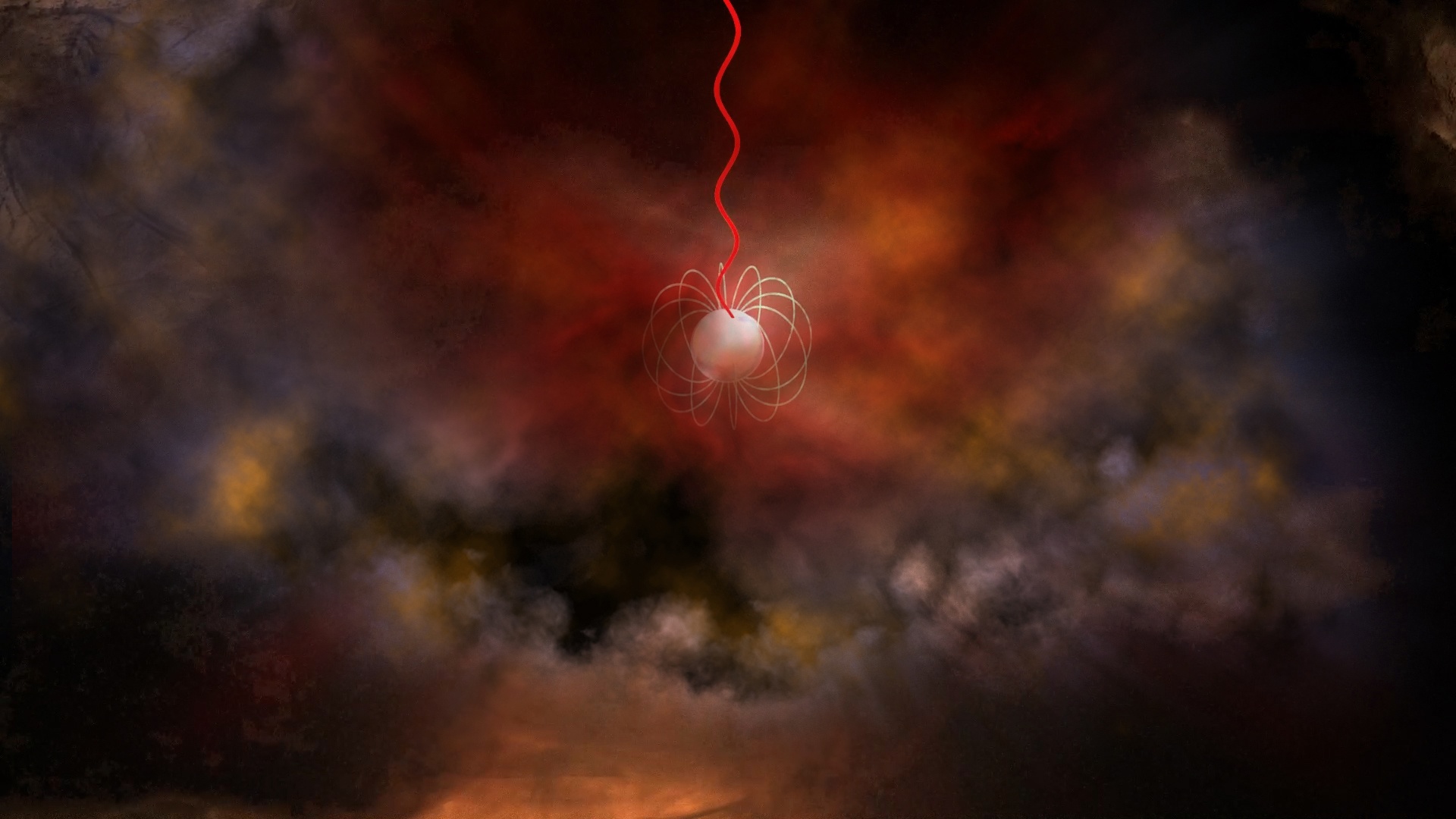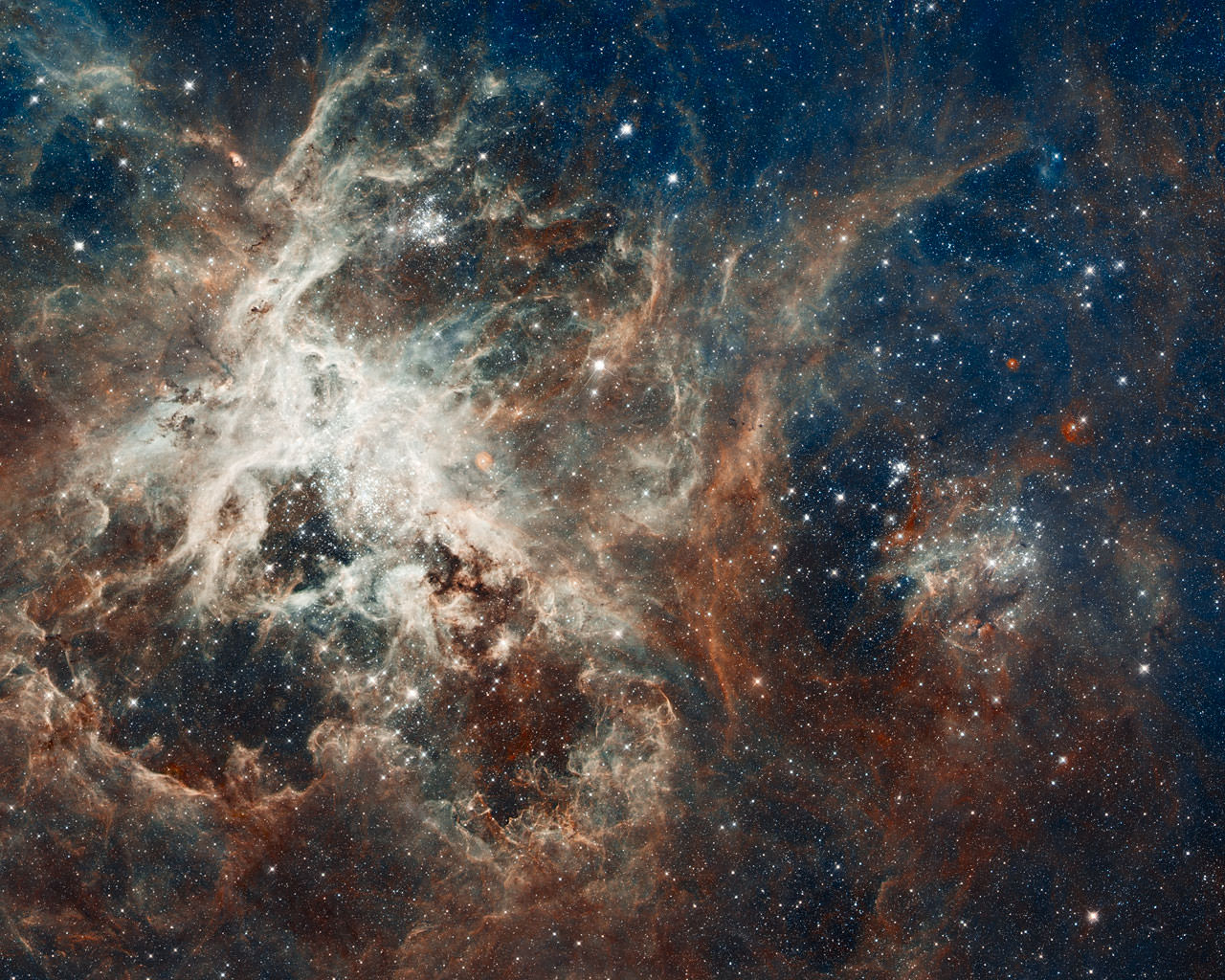Tea is useful for all kinds of things, including caffeinating plenty of writers worldwide. There are also many varieties of it, some of which advocates claim to have superpowers regarding the health benefits they grant. Kombucha is one of those – originally thought to have originated in China, it has become adopted worldwide in no small part because of innumerable, dubious “health benefits” of the drink. But now, scientists did find one potential health benefit, at least to bacteria – eating kombucha culture would help them survive on Mars.
Continue reading “If Bacteria Drink Kombucha, They Stand a Better Chance of Survival on Mars”64 Radio Telescopes Come Together to act as a Single Giant Observatory
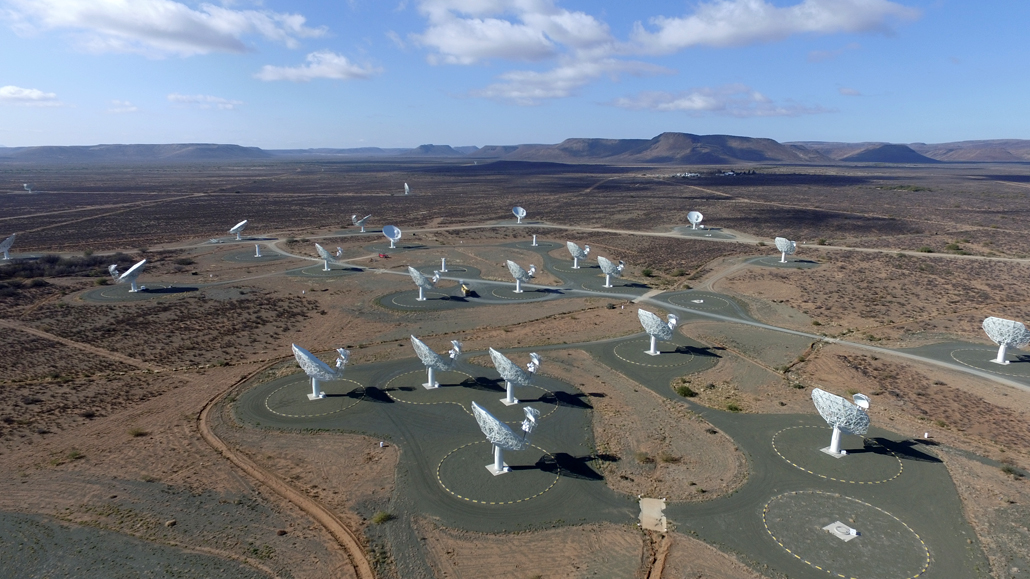
Located in the Northern Cape of South Africa, the MeerKAT telescope consists of 64 powerful radio antennas dedicated to probing the mysteries of the Universe. This facility is a precursor to the future Square Kilometer Array Observatory (SKAO), which will consist of MeerKAT and the Hydrogen Epoch of Reionization Array (HERA) in South Africa and the Australian SKA Pathfinder (ASKAP) and Murchison Radio-astronomy Observatory in Australia. A primary aim of the SKAO is to understand the matter content of the Universe and what mechanisms are driving its evolution and expansion.
The best way to do this is to observe the structure of the Universe on the largest of scales, where astronomers can observe the distribution of galaxies, the nature of gravity, and the role of dark matter and dark energy. To this end, an international team of astronomers has combined the power of MeetKAT’s 64 radio telescopes to detect faint signatures of neutral hydrogen gas across cosmological scales. The resulting accuracy and sensitivity provide a demonstration of what the SKAO will be able to achieve in the near future.
Continue reading “64 Radio Telescopes Come Together to act as a Single Giant Observatory”Plenty of Examples That Giant Galaxies Like the Milky Way Formed Through Mergers
The Universe’s giant galaxies pose a thorny problem for astronomers. The galaxies have grown large somehow, and the only things that can make a galaxy giant are probably other galaxies. So mergers must have played an important role.
Astronomers have known about galaxy mergers for a long time, but the process is still mysterious. A new study based on ten years of work presents observations and direct measurements of the galaxy merger process that remove some of the mystery.
Continue reading “Plenty of Examples That Giant Galaxies Like the Milky Way Formed Through Mergers”Chinese Astronomers Detect an Interesting (But NOT Alien) Signal With the FAST Radio Observatory

The 500-Meter Aperture Spherical Telescope (FAST), (aka. Tianyan, “Eye of Heaven”), is the largest radio observatory in the world. Since the observatory became operational in January 2020, this facility has made significant contributions to radio astronomy and the Search for Extraterrestrial Intelligence (SETI). In particular, the observatory has been instrumental in detecting Fast Radio Burts (FRBs) and other cosmic phenomena that could be (but probably aren’t) possible indications of extraterrestrial communications.
Last week, while sifting through FAST data, the China Extraterrestrial Civilization Research Group (CECRG) from Beijing Normal University revealed that they discovered several signals that might be artificial in origin (a possible indication of an advanced civilization). These signals consisted of narrow-band electromagnetic radio transmission and were considered one of the best candidates for an extraterrestrial signal. Ah, but there’s a snag. According to subsequent news releases, those radio transmissions were apparently from Earth!
Continue reading “Chinese Astronomers Detect an Interesting (But NOT Alien) Signal With the FAST Radio Observatory”Gaia's Massive Third Data Release is out!
It’s here! The third and largest data release (DR3) from the ESA’s Gaia Observatory has officially been made public. As promised, the DR3 contains new and improved details for almost two billion stars in our galaxy, including the chemical compositions, temperatures, colors, masses, ages, and the velocities at which stars move. The release coincided with a virtual press event hosted by the Gaia Data Processing and Analysis Consortium (DPAC) on June 13th, which featured ESA officials and guest speakers who addressed the significance of the new data.
Continue reading “Gaia's Massive Third Data Release is out!”Once Again, Galaxies Look Surprisingly Mature Shortly After the Beginning of the Universe
A young galaxy with the catchy, roll-off-the-tongue name A1689-zD1 has experts in galactic formation talking. Recent observations show that this galaxy, seen as it would have looked just 700 million years after the Big Bang, is larger than initially believed, with significant outflows of hot gas from its core, and a halo of cold gas emanating from its outer rim. A1689-zD1 is considered representative of young ‘normal’ galaxies (as opposed to ‘massive’ galaxies), and the new observations suggest that the adolescence of normal galaxies may be more rambunctious than previous models suggest.
Continue reading “Once Again, Galaxies Look Surprisingly Mature Shortly After the Beginning of the Universe”A Rare Repeating Fast Radio Burst Gives Astronomers a Chance to Study These Mysterious Objects
Fast Radio Bursts (FRBs) are among the most mysterious astronomical phenomena facing astronomers today. While hundreds of bursts have been detected since the first-ever recorded detection of an FRB in 2007 – the Lorimer Burst – astronomers are still unsure what causes them. Even more mysterious, some have occasionally been found to be repeating in nature, which has fueled speculation that they may not be natural in origin (i.e., possible alien transmissions?). Astronomers are naturally very excited whenever a repeating FRB is found, as it gives them the chance to examine them closer.
In a recent survey, an international team of scientists used three major telescopes worldwide to study a repeating FRB (known as FRB 190520) that was first observed in 2019. According to their observations, this particular FRB is not just a repeating source from a compact object but a persistent one that emits low-level bursts of radio waves between larger ones. These findings raise new questions about the nature of these mysterious objects and how they can be used as tools to probe the space between stars and galaxies.
Continue reading “A Rare Repeating Fast Radio Burst Gives Astronomers a Chance to Study These Mysterious Objects”See a Stunning New Picture of the Tarantula Nebula
When it comes to exciting places to look in the sky, the Tarantula Nebula is hard to beat. It’s got cloudy star-forming regions, hot young stars, and star clusters. It’s one of the brightest and most active star birth areas in the Milky Way’s neighborhood. It’s also got an amazing collection of massive stars. That range of stellar activity makes the Tarantula almost the perfect laboratory to study the mechanics of star formation.
It’s also worth noting that in a fairly short few tens of millions of years, it’ll be a great place to watch supernovae popping off. So, what better way to celebrate this Southern Hemisphere sky treat than a new image of the Tarantula (also known as 30 Doradus)? The one below contains recent ground-based data from the Atacama Large Millimeter/submillimeter Array (ALMA) in Chile. It’s worthy of a closeup look, so feast your eyes!
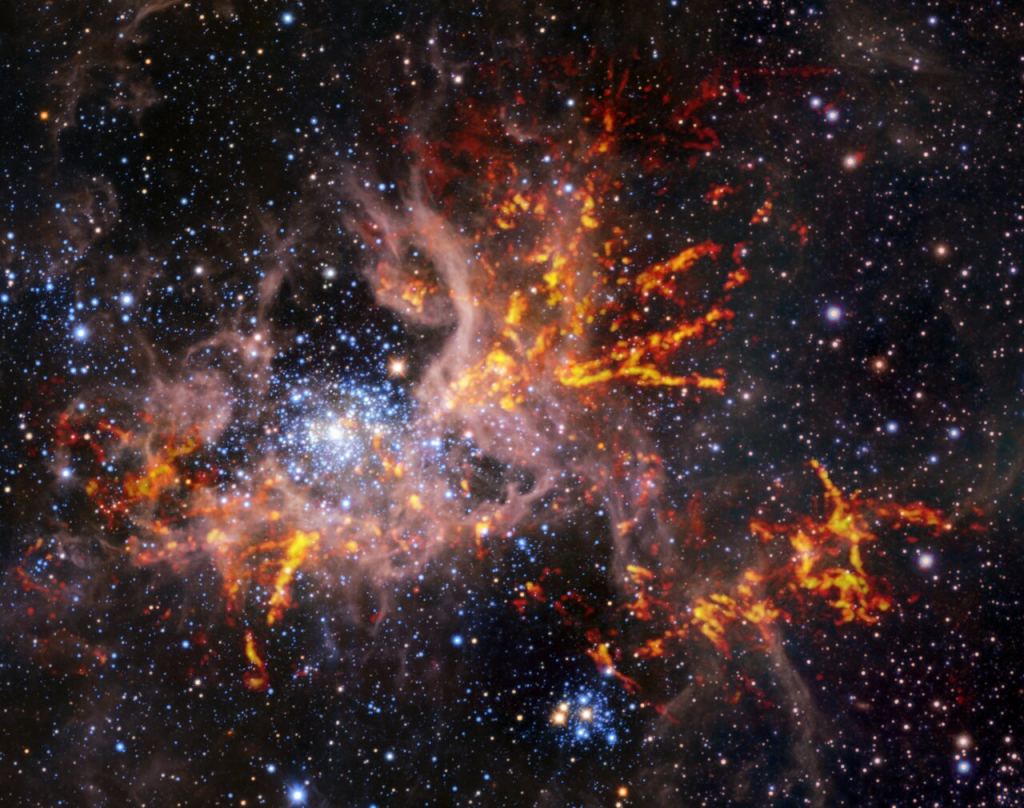
Astronomers Caught Betelgeuse Just Before it Started Dimming and Might Have Seen a Pressure Wave Rippling Through its Atmosphere

A couple of years ago, Betelgeuse generated much interest when it started dimming. That caught the attention of astronomers worldwide, who tried to understand what was happening. Was it about to go supernova?
Evidence showed that dust was the most likely culprit for the red supergiant’s dimming, though there are still questions. A new study shows that the star was behaving strangely just before the dimming.
Continue reading “Astronomers Caught Betelgeuse Just Before it Started Dimming and Might Have Seen a Pressure Wave Rippling Through its Atmosphere”Andromeda Tore Apart and Consumed a Neighbor Galaxy
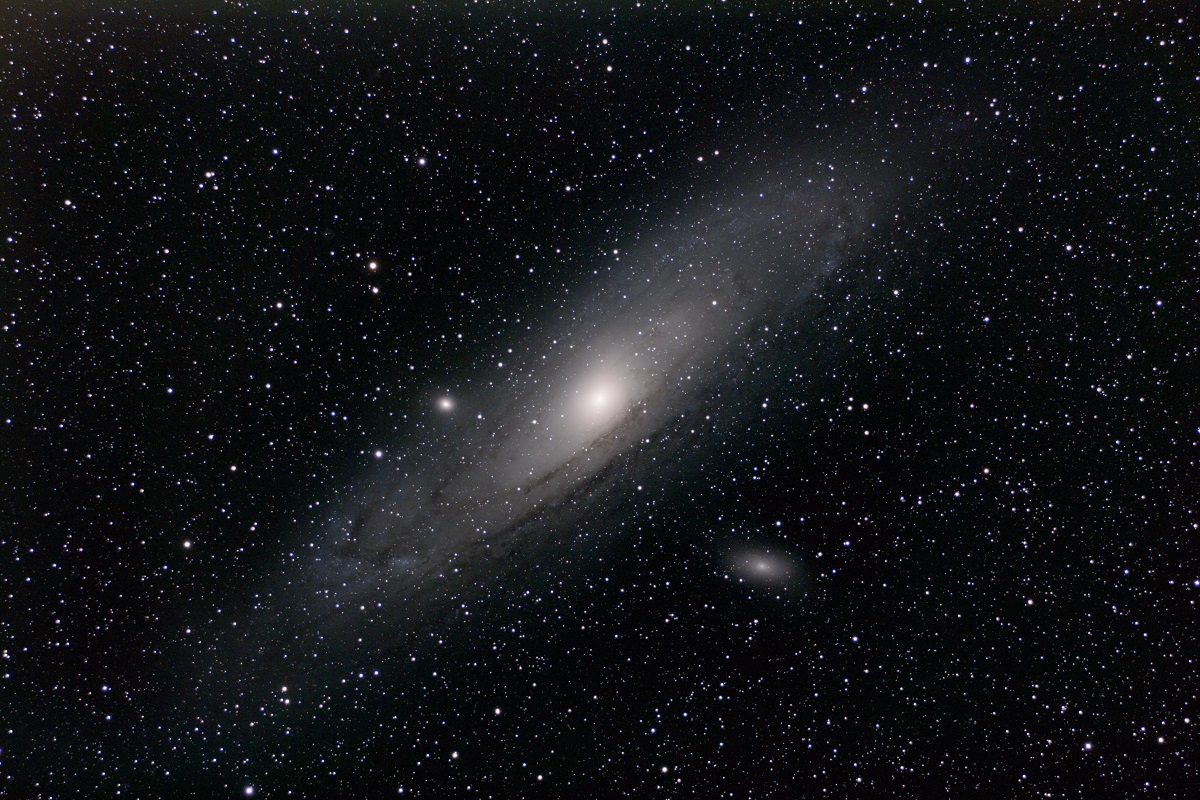
Things may seem quiet and peaceful in the Andromeda Galaxy when you gaze at it in the sky. However, if you know what to look for, there’s evidence of a violent rumble in this galaxy’s past. That’s the takeaway from research by Ivanna Escala, an astronomer at Carnegie Institution for Science in Pasadena. She found telltale clues for a merger a few billion years ago. That’s when Andromeda actively cannibalized another galaxy.
Continue reading “Andromeda Tore Apart and Consumed a Neighbor Galaxy”
